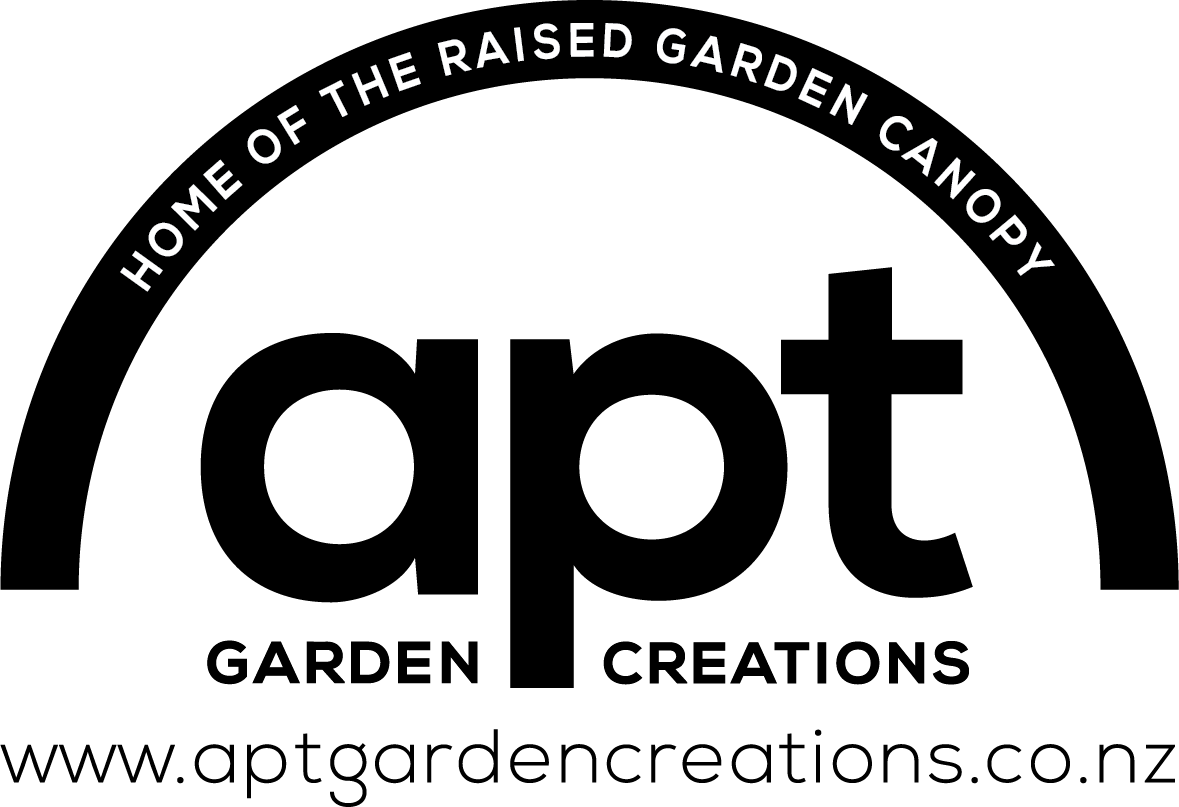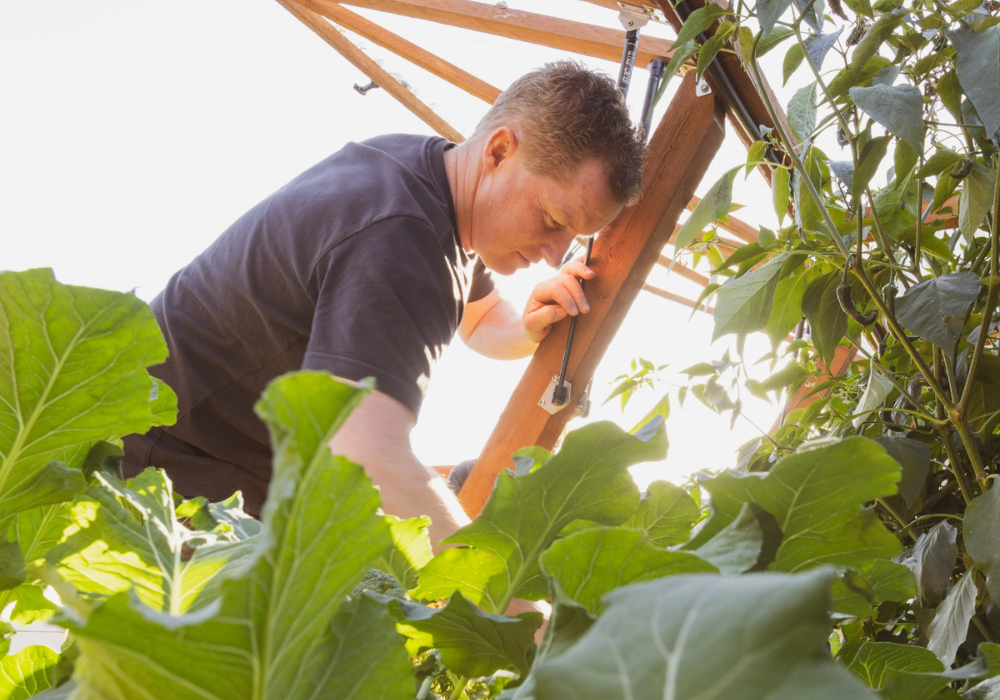Many avid gardeners swear by planting by the moon for optimal crop growth. Would you try it?
We love hearing about different approaches to gardening and we’ve done a little research into the idea! Read on to find out how and why it’s worth giving lunar planting a go. And, hey, what’s the worst that can happen right?! 🐺
It’s believed planting by the moon - or following the lunar cycle - yields more robust, healthier crops due to a greater alignment with the natural seasonal cycle of gardening. The moon plays a significant role in the environment so why wouldn’t it be the same when connecting with the land in gardening?
Like the moon’s effect on tides. Gardeners believe the moon’s cycle can also affect the moisture levels in the soil, and the waxing and waning of the moon affects the movement of water and nutrient distribution in plants. Planting in line with the moon’s phases can leverage the natural gravitational pull of the moon for a bumper crop.
Avid lunar gardeners also say they’ve noticed a reduced reliance on synthetic fertilisers, making it easier to create a lush, organic garden.
So, how do you plant by the moon for a magnificent summer crop?
Planting by the moon means matching certain crops to specific phases in the lunar cycle, and then dancing in a circle with a rain stick at full moon, (kidding!).
Aligning your planting with the moon’s phases ensures your new plants are naturally benefiting from the moon’s gravitational pull in terms of moisture and nutrient circulation.
It goes without saying, lunar planting also relies on ensuring that you have your basic gardening skills up to scratch, a good starting point is always a pest free environment, naturally draining, nutrient rich soil and cover from the elements. Since you’re all set in that regard with an Apt Garden Bed. You’re ready to plant by the moon.

New Moon Planting. 🌑
Plant your above ground crops during a new moon including leafy greens and herbs. It’s said that the gravitational pull of the new moon is ideal for promoting strong leaf and stem growth.
First Quarter 🌓
If you have children in primary school you’ll be well versed in the phases of the moon and the difference between waxing and waning. But if not, the first quarter moon shines bright on the right side and is in a waxing phase.
This moon phase is believed to be perfect for tomatoes, capsicums and beans and annual fruit bearing trees. The moon’s waxing energy is said to support fruit development.
Full moon 🌕
It’s time to plant root crops like carrots, potatoes and beetroot as the energy of the full moon encourages strong root development.
It’s also believed to be the best time to compost and apply fertiliser to support the soil fertility and nutrient absorption for the next cycle.
Last quarter 🌗
During a waning moon, the last quarter is illuminated on the left side. Planting is done for the month and it’s time to focus on garden maintenance including weeding and pruning. The moon’s waning energy supports root growth but slows down leafy growth.
Lunar planting creates a holistic approach to gardening, and you can find lunar calendars to plan out your planting. We love the increased connection to the environment and the deeper understanding of nature’s patterns that this intentional way of gardening creates.
Let us know if you’ve had success with planting by the moon, we’d love to hear your stories!



Leave a comment
This site is protected by hCaptcha and the hCaptcha Privacy Policy and Terms of Service apply.